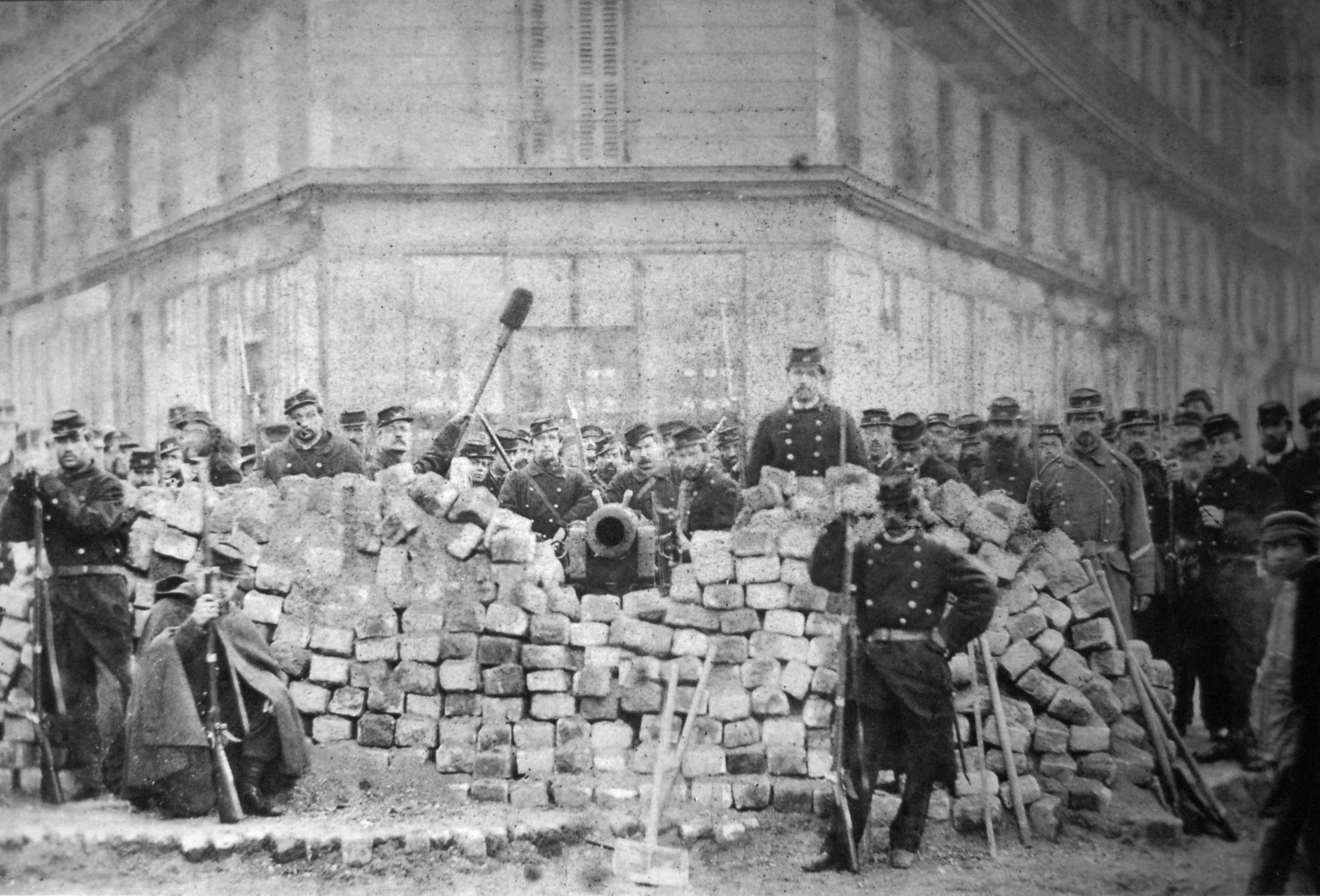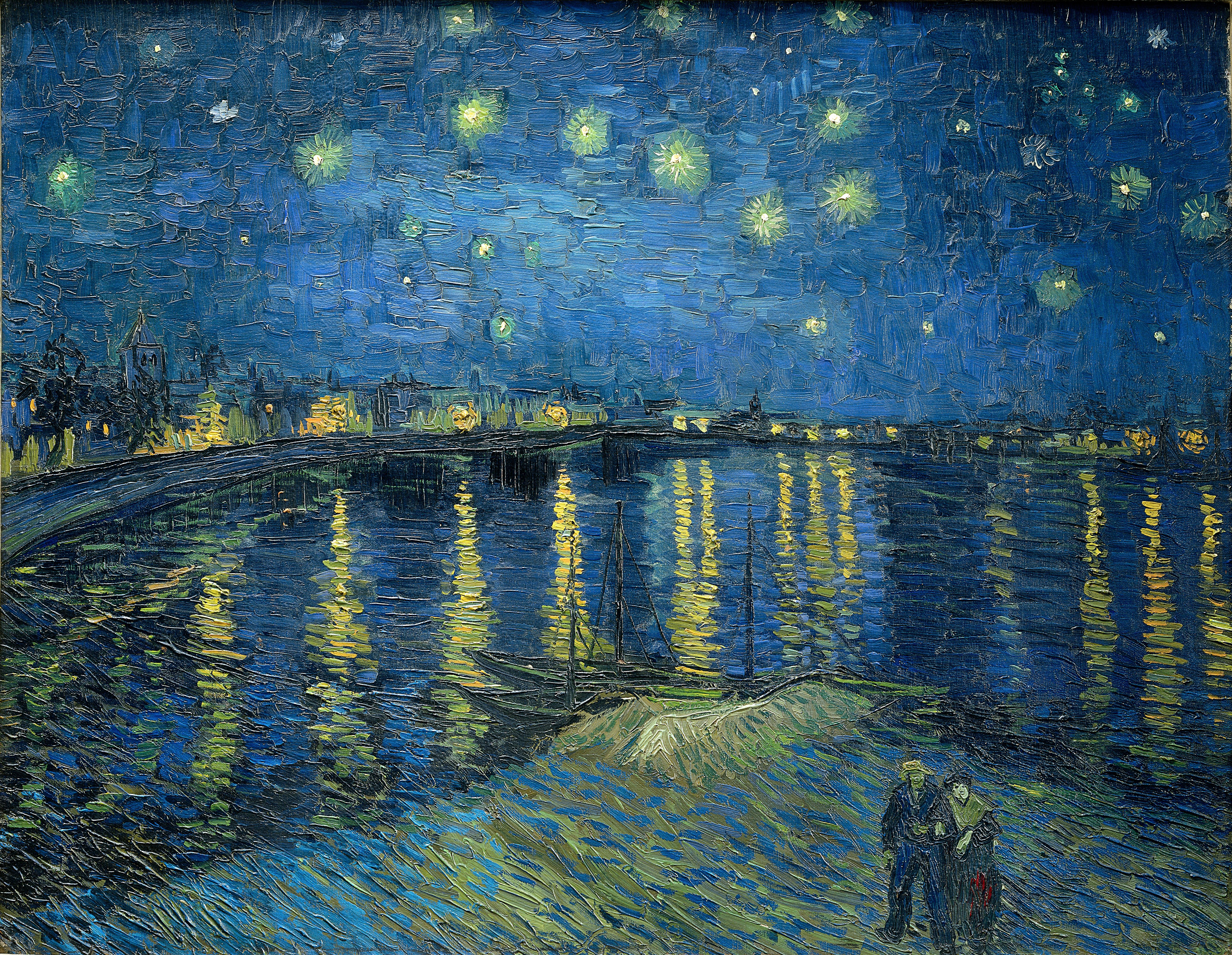|
Charles Jacque
Charles-Émile Jacque (23 May 1813 – 7 May 1894) was a French painter of Pastoralism and engraver who was, with Jean-François Millet, part of the Barbizon School. He first learned to engrave maps when he spent seven years in the French Army. Biography Fleeing the Cholera epidemics that besieged Paris in the mid-nineteenth century, Charles Jacque relocated to Barbizon in 1849 with Millet. There, he painted rustic or pastoral subject matter: shepherds, flocks of sheep, pigs, and scenes of farm life. In addition to painting, Jacque was also famous for his etchings and engravings. He, along with Félix Bracquemond and Felix Buhot, is credited with the nineteenth-century revival of seventeenth-century techniques. He began his career as an engraver around 1841 by publishing a series of etchings with Louis Marvy. He followed this work with a series of engravings based on the works of Adriaen van Ostade, after which he began to create original engravings / artworks. Charles Baude ... [...More Info...] [...Related Items...] OR: [Wikipedia] [Google] [Baidu] |
Pastoralism
Pastoralism is a form of animal husbandry where domesticated animals (known as "livestock") are released onto large vegetated outdoor lands (pastures) for grazing, historically by nomadic people who moved around with their herds. The animal species involved include cattle, camels, goats, yaks, llamas, reindeer, horses and sheep. Pastoralism occurs in many variations throughout the world, generally where environmental characteristics such as aridity, poor soils, cold or hot temperatures, and lack of water make crop-growing difficult or impossible. Operating in more extreme environments with more marginal lands means that pastoral communities are very vulnerable to the effects of global warming. Pastoralism remains a way of life in many geographic areas, including Africa, the Tibetan plateau, the Eurasian steppes, the Andes, Patagonia, the Pampas, Australia and many other places. , between 200 million and 500 million people globally practised pastoralism, and 75% ... [...More Info...] [...Related Items...] OR: [Wikipedia] [Google] [Baidu] |
Adriaen Van Ostade
Adriaen van Ostade (baptized as Adriaen Jansz Hendricx 10 December 1610 – buried 2 May 1685) was a Dutch Golden Age painter of genre works, showing everyday life of ordinary men and women. Life According to Arnold Houbraken, he and his brother were pupils of Frans Hals and like him, spent most of their lives in Haarlem. He thought they were " Lubekkers" by birth, though this has since found to be false.Adriaan & Izaak van Ostade biography in ''De groote schouburgh der Nederlantsche konstschilders en schilderessen'' (1718) by , courtesy of the |
Communard
The Communards () were members and supporters of the short-lived 1871 Paris Commune formed in the wake of the French defeat in the Franco-Prussian War. After the suppression of the Commune by the French Army in May 1871, 43,000 Communards were taken prisoner, and 6,500 to 7,500 fled abroad. Milza, 2009a, pp. 431–432 The number of Communard soldiers killed in combat or executed afterwards during the week has long been disputed: Prosper-Olivier Lissagaray put the number at twenty thousand, but estimates by more recent historians put the probable number between ten and fifteen thousand men. 7,500 were jailed or deported under arrangements which continued until a general amnesty during the 1880s; this action by Adolphe Thiers forestalled the proto-communist movement in the French Third Republic (1871–1940). The Franco-Prussian War and the Paris Commune The working class of Paris were feeling ostracized after the decadence of the Second Empire and the Franco-Prussian Wa ... [...More Info...] [...Related Items...] OR: [Wikipedia] [Google] [Baidu] |
Alexandre De Laborde
Comte Louis-Joseph-Alexandre de Laborde (17 September 1773 – 20 October 1842) was a French antiquary, liberal politician and writer, a member of the Académie des Sciences morales et politiquesThe Académie des Sciences morales et politiques is one of five learned societies that make up the Institut de France. (1832), under the rubric political economy. Biography Early years Born in Paris, Laborde was the fourth son of the famous banker and slave trader, Jean-Joseph de Laborde, who would be guillotined during the Reign of Terror. Young Laborde had been dispatched to Vienna by his father at the outbreak of the French Revolution; there he joined the Austrian army, in which he was named an officer, 10 December 1789, at the age of seventeen, by personal intervention of the Emperor Joseph II. At first stationed at Olmuz (Moravia), he was named captain in a regiment of light cavalry in October 1791, and saw action against the Revolutionary French forces the following year along the f ... [...More Info...] [...Related Items...] OR: [Wikipedia] [Google] [Baidu] |
Shakespeare
William Shakespeare ( 26 April 1564 – 23 April 1616) was an English playwright, poet and actor. He is widely regarded as the greatest writer in the English language and the world's pre-eminent dramatist. He is often called England's national poet and the " Bard of Avon" (or simply "the Bard"). His extant works, including collaborations, consist of some 39 plays, 154 sonnets, three long narrative poems, and a few other verses, some of uncertain authorship. His plays have been translated into every major living language and are performed more often than those of any other playwright. He remains arguably the most influential writer in the English language, and his works continue to be studied and reinterpreted. Shakespeare was born and raised in Stratford-upon-Avon, Warwickshire. At the age of 18, he married Anne Hathaway, with whom he had three children: Susanna Hall, Susanna, and twins Hamnet Shakespeare, Hamnet and Judith Quiney, Judith. Sometime between 1585 and 1592, ... [...More Info...] [...Related Items...] OR: [Wikipedia] [Google] [Baidu] |
Christopher Wordsworth
Christopher Wordsworth (30 October 180720 March 1885) was an English intellectual and a bishop of the Anglican Church. Life Wordsworth was born in London, the youngest son of Christopher Wordsworth, Master of Trinity, who was the youngest brother of the poet William Wordsworth. Thus, Wordsworth was a nephew of the celebrated poet. Wordsworth was the younger brother of the classical scholar John Wordsworth and Charles Wordsworth, Bishop of Saint Andrews, Dunkeld and Dunblane. He was educated at Winchester and Trinity, Cambridge. Like his brother Charles, he was distinguished as an athlete as well as for scholarship. He won the Chancellor's Gold Medal for poetry in 1827 and 1828. He became senior classic, and was elected a fellow and tutor of Trinity in 1830; shortly afterwards he took holy orders. He went for a tour in Greece in 1832–1833, and published various works on its topography and archaeology, the most famous of which is "Wordsworth's" ''Greece'' (1839). In 1836 ... [...More Info...] [...Related Items...] OR: [Wikipedia] [Google] [Baidu] |
Paul Et Virginie
''Paul et Virginie'' (sometimes known in English as ''Paul and Virginia'') is a novel by Jacques-Henri Bernardin de Saint-Pierre, first published in 1788. The novel's title characters are friends since birth who fall in love. The story is set on the island of Mauritius under French rule, then named ''Île de France''. Written on the eve of the French Revolution, the novel is recognized as Bernardin's finest work. It records the fate of a child of nature corrupted by the artificial sentimentality of the French upper classes in the late eighteenth century. Bernardin de Saint-Pierre lived on the island for a time and based part of the novel on a shipwreck he witnessed there. Book critics Bernardin de Saint-Pierre's novel criticizes the social class divisions found in eighteenth-century French society. He describes the perfect equality of social relations on Mauritius, whose inhabitants share their possessions, have equal amounts of land, and all work to cultivate it. They live i ... [...More Info...] [...Related Items...] OR: [Wikipedia] [Google] [Baidu] |
Oliver Goldsmith
Oliver Goldsmith (10 November 1728 – 4 April 1774) was an Anglo-Irish novelist, playwright, dramatist and poet, who is best known for his novel ''The Vicar of Wakefield'' (1766), his pastoral poem ''The Deserted Village'' (1770), and his plays ''The Good-Natur'd Man'' (1768) and ''She Stoops to Conquer'' (1771, first performed in 1773). He is thought to have written the classic children's tale ''The History of Little Goody Two-Shoes'' (1765). Biography Goldsmith's birth date and year are not known with certainty. According to the Library of Congress authority file, he told a biographer that he was born on 10 November 1728. The location of his birthplace is also uncertain. He was born either in the townland of Pallas, near Ballymahon, County Longford, Ireland, where his father was the Anglican curate of the parish of Forgney, or at the residence of his maternal grandparents, at the Smith Hill House near Elphin in County Roscommon, where his grandfather Oliver Jones was a ... [...More Info...] [...Related Items...] OR: [Wikipedia] [Google] [Baidu] |
Vicar Of Wakefield
''The Vicar of Wakefield'', subtitled ''A Tale, Supposed to be written by Himself'', is a novel by Anglo-Irish writer Oliver Goldsmith (1728–1774). It was written from 1761 to 1762 and published in 1766. It was one of the most popular and widely read 18th-century novels among Victorians. Publication Dr. Samuel Johnson, one of Goldsmith's closest friends, told how ''The Vicar of Wakefield'' came to be sold for publication: Irving, Washington, ''Oliver Goldsmith: a Biography'', Chapter XV The novel was ''The Vicar of Wakefield'', and Johnson had sold it to Francis Newbery, a nephew of John. Newbery "kept it by him for nearly two years unpublished". The 1929 edition was illustrated by Arthur Rackham (1867–1939). Plot summary The Vicar – Dr. Charles Primrose – lives an idyllic life in a country parish with his wife Deborah, son George, daughters Olivia and Sophia, and three other children. He is wealthy due to investing an inheritance he received from a deceased rel ... [...More Info...] [...Related Items...] OR: [Wikipedia] [Google] [Baidu] |
Dutch Art
Dutch art describes the history of visual arts in the Netherlands, after the United Provinces separated from Flanders. Earlier painting in the area is covered in Early Netherlandish painting and Dutch and Flemish Renaissance painting. The history of Dutch art is dominated by the Dutch Golden Age painting, mostly of about 1620 to 1680, when a very distinct style and new types of painting were developed, though still keeping close links with Flemish Baroque painting. There was a healthy artistic climate in Dutch cities during the seventeenth century. For example, between 1605 and 1635 over 100,000 paintings were produced in Haarlem. At that time art ownership in the city was 25%, a record high. After the end of the Golden Age, production of paintings remained high, but ceased to influence the rest of Europe as strongly. Many painters, sculptors and architects of the seventeenth century are called "Dutch masters", while earlier artists are generally referred to as part of the " ... [...More Info...] [...Related Items...] OR: [Wikipedia] [Google] [Baidu] |

.jpg)






